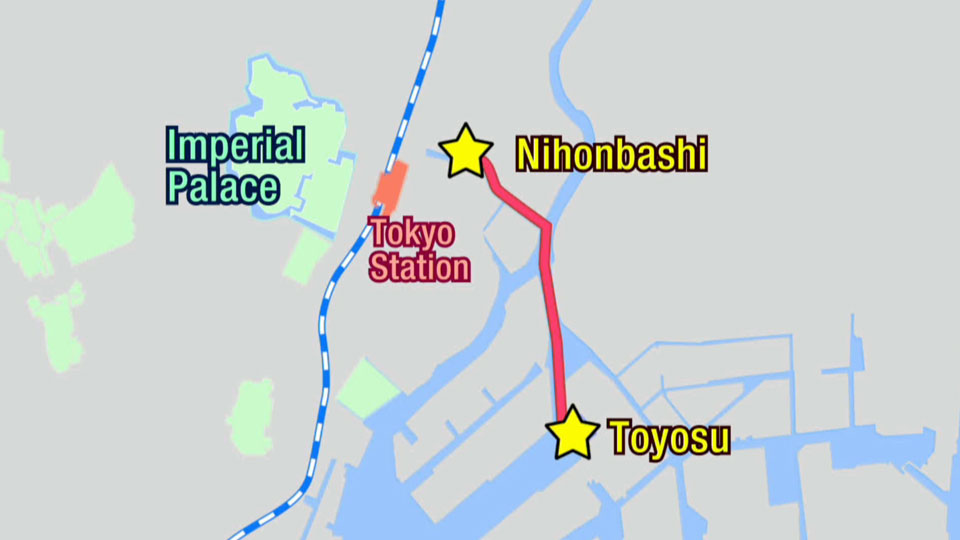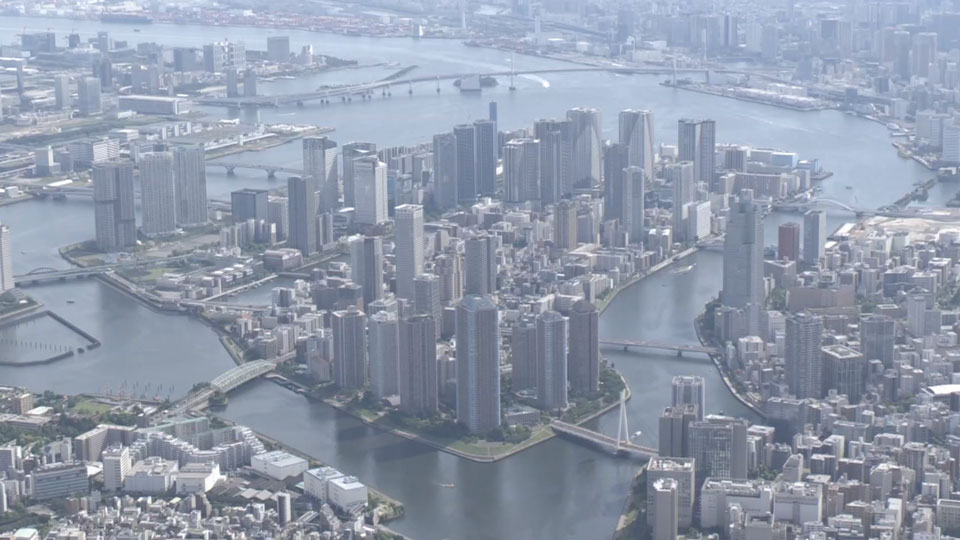The Tokyo Metropolitan Government launched a trial ferry service in October in a bid to ease rush hour congestion on the existing public transport networks.
It operates between Nihonbashi, a downtown business district, and Toyosu, a high-rise residential area favored by young families.
The 4-kilometer route uses the Sumida River and Harumi Canal and takes about 20 minutes. For now, the trial service operates a limited schedule from 4 p.m. to 8 p.m., on Tuesdays to Thursdays only.
There are two types of boats: a larger ferry that can take 41 passengers, and a smaller vessel that carries 12. A one-way ticket costs about $3.50, about double the amount of a comparable subway ticket.

Officials say the new boat route doesn't just allow people to avoid congestion and traffic jams. Commuters can enjoy the ride and take in some fresh air.

While the ferry is something of a novelty, it is a reminder of how things used to be when Tokyo was characterized by its waterways. Between the 17th and 19th centuries, boats were used to transport people and cargo, and life flourished along the banks and canals.
Architect Iwamoto Tadashi, an expert on waterside development, explains that the city's water routes dwindled over time as land transport became more convenient.

As a result, waterfront districts became less attractive and more investment went into railways and roads.
But all that is changing as an increasing number of people take up residence in districts on or near the water. Factories are being renovated and new high-rise apartments and commercial complexes are being built to accommodate that shift.
Developers and city planners take into account the transportation of people and goods, hence the new interest in ferries. Iwamoto notes that it needs public support to evolve.

"Launching boat transportation from scratch again needs vast initial investment and it is difficult for private companies to start it. The cost is huge and it's hard to compete with train and bus routes in terms of fare," he says.
Iwamoto wants boat transportation to become an integral part of the waterfront revival that will make Tokyo more attractive.


